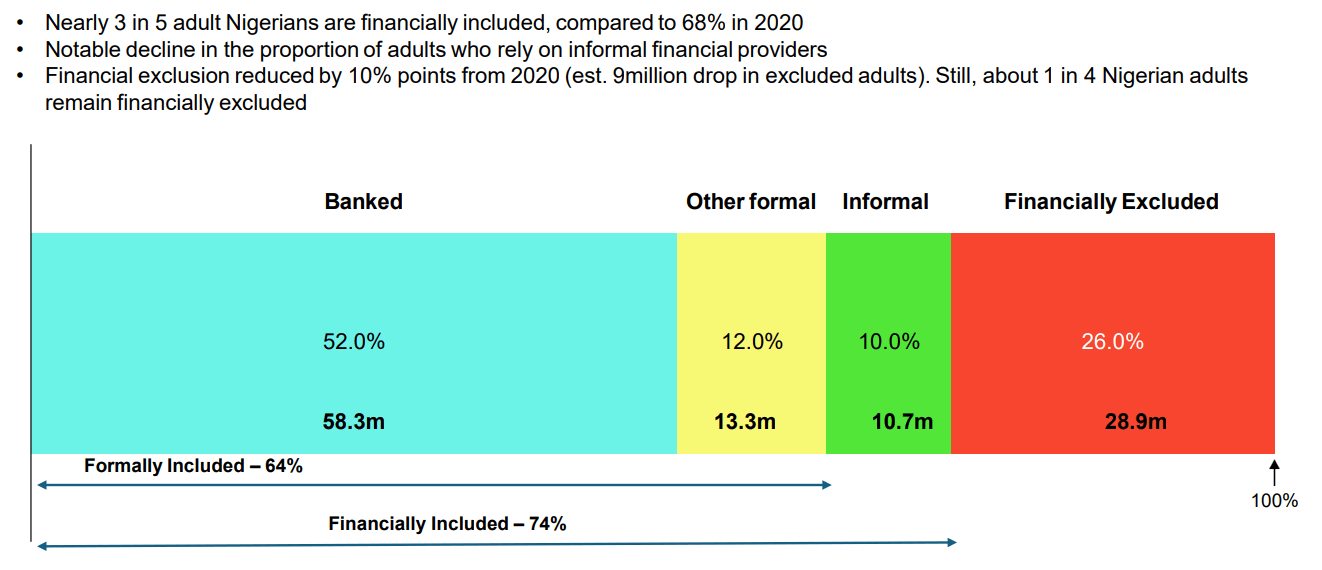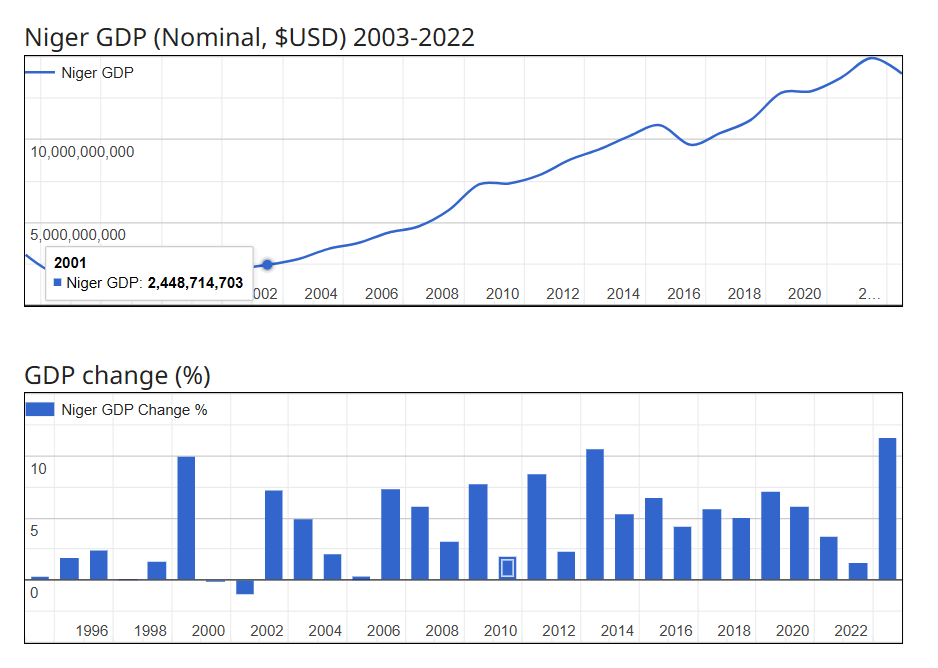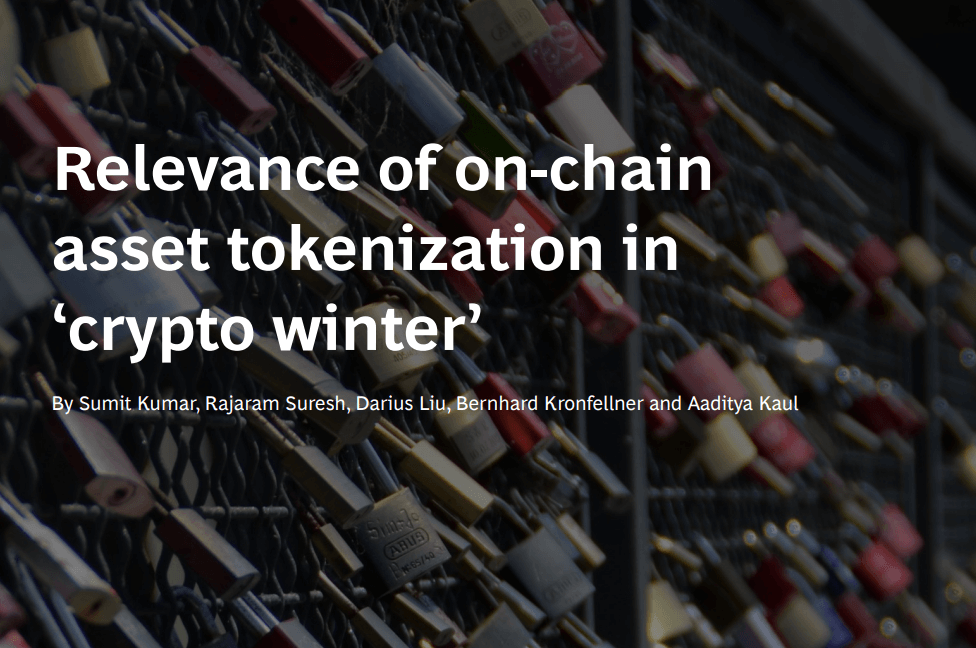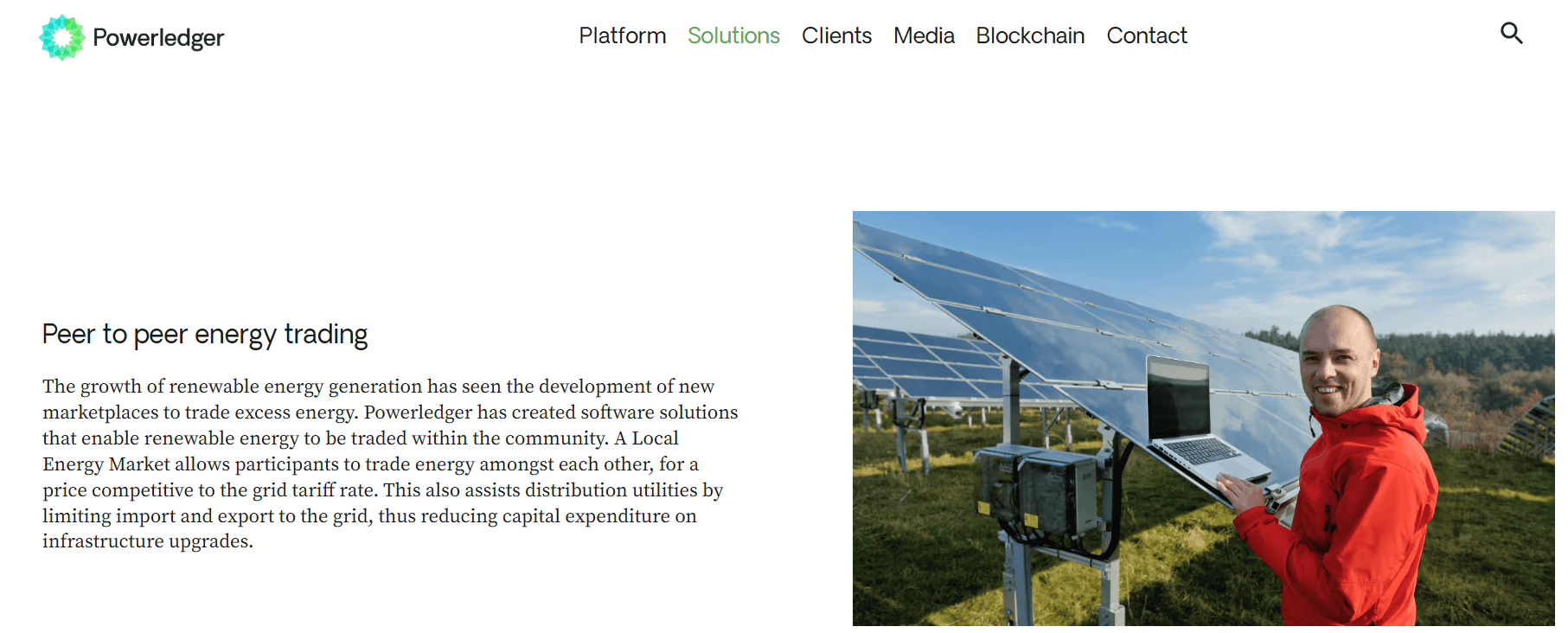Top Blockchain Use Cases (2025)



Discover the top blockchain use cases for 2025. We will explain the importance of each case, how they work, and why developers should prioritize these emerging trends.
Every blockchain skeptic you talk to asks one single question: “But what is all that technology for?" In 2025, the entire industry looks different than it did just a few years ago, so the classic phrases may no longer cut it. That’s why we are presenting this detailed article, primarily focused on real-world use cases being explored across various fields. You will find out where blockchain is already or has the potential to be, truly disruptive. Developers utilizing tools like Tatum are uniquely positioned to take advantage of it!
As we speak, blockchain is taking root in industries such as finance, governance, and gaming. As a developer, you will benefit from understanding how blockchain can contribute to the economy and what value it brings.
Even in 2025, DeFi is still one of the most captivating innovations in blockchain, as it represents a shift away from traditional financial institutions and intermediaries. The total value locked in DeFi has surpassed $100 billion in 2024, an astronomic rise from just $18 billion in early 2021. It now accounts for a substantial portion of the cryptocurrency market, with daily transaction volumes exceeding $50 billion across protocols.
What has also evolved are the products DeFi can bring. It is not just yields or trading anymore. Decentralized lending, borrowing, and even insurance are now possible. All of these services operate without the need for centralized institutions. For comparison, the global lending market in traditional finance is valued at approximately $8 trillion. DeFi's share of this market is growing rapidly due to its more transparent, available, fast, and cost-effective solutions.

[.c-wr-center][.button-black]Register Now[.button-black][.c-wr-center]
Let’s say, for the sake of an example, you want to send your money cross-border. Those are typically routed through the SWIFT network, a global payment infrastructure. Because of how the financial market worked for decades, it would be slow, and expensive for individuals, and on top of that, two days each week, the system completely halts. The transactions often take 2-5 business days and can incur fees of up to 7% of the transaction value, especially for smaller remittances.
To tackle the issue, one of the largest banks, JPMorgan, is testing their blockchain solution, Onyx. Onyx runs on Quorum, JPMorgan's own blockchain platform. It is capable of processing payments in real-time and without the need for intermediaries. The platform reportedly handles an impressive $1 trillion in transactions daily.
If you want to tap into this booming market with your service, you should refresh your focus on implementing similar payment infrastructures using blockchain. Both scalability and security are crucial.
In traditional finance, lending is done through centralized creditors, who assess a borrower's creditworthiness based on databases like credit scores. It is both lengthy but also excludes a significant portion of the global population who lack access to banking services. You might think that those cannot afford a loan, but that is untrue. For instance, one underbanked country is Nigeria, which is also a country where most Bitcoin trade transactions take place. It also grows by 2.3% in terms of citizens and 3.3% in GDP each year. After COVID, most stable African countries continued with significant growth, like Niger, with an 11% GDP rise in 2022.

[.c-box-wrapper][.c-box][.c-text-center]You might be interested in: Web3 Dapp Hosting: Components, Preferences, and Best Practices[.c-text-center][.c-box][.c-box-wrapper]

Notable examples are decentralized lending platforms like Aave and Compound, which allow users to lend or borrow crypto assets without intermediaries. Borrowers lock their digital assets as collateral in a smart contract, which automatically enforces loan agreements and payments. These platforms are growing rapidly—by 2023, the total value locked (TVL) in DeFi protocols exceeded $55 billion, and the decentralized lending market alone is projected to grow to $1.5 trillion by 2028. Developers should be familiar with how over-collateralization works in DeFi (where collateral value must typically exceed loan value by 150-200%) and how interest rates are determined algorithmically by supply and demand, with Tatum providing the backend infrastructure to automate these processes.
We have all experienced the grinding teeth of traditional insurance; lengthy claims processes, opaque contracts, and substantial administrative costs. But there might be real competition to the giants providing those services soon. Nexus Mutual and Etherisc have been using smart contracts to automate claims, verification, and payments. Even if the concept is new, there is the potential to make a dent in the $6.3 trillion market, which has frozen in time. And by the way, insurance is also one of the fastest-growing financial sectors, with a growth rate of 5.5% annually over the last ten years.
In 2018 the global sector of decentralized insurance was worth $64.5 million. In 2023, it reached $966.41 million. It falls short of the wildly optimistic forecast made in 2018, which expected it to be $1.4 billion. Nevertheless, it is still significant growth. Forecasts are suggesting it could reach $33.65 billion by 2033, growing at an impressive CAGR of 52.6% during the period from 2023 to 2033.
What is “CAGR”? CAGR, or Compound Annual Growth Rate, is the average annual growth of an investment or market over a specified time period, assuming consistent reinvestment.
[.c-box-wrapper][.c-box][.c-text-center]You might be interested in: Axelar Network and AXL Token: What They Are and More Beyond[.c-text-center][.c-box][.c-box-wrapper]
The concept of Central Bank Digital Currencies is not new. Ever since Tether released pegged USDT, the option for blockchain state currency was on the table. Several countries are now experimenting with this concept, the largest of those being China. However, cryptocurrency controlled by the central bank has several weaknesses, such as the lack of anonymity with transactions. In 2024, over 100 countries are exploring or implementing CBDC pilots. The most prominent projects are:
CBDCs hold great potential, but their full impact is not yet understood. While financial inclusion is likely the primary goal this technology aims to achieve, these systems fall short of the decentralized ideals that Satoshi Nakamoto embedded into blockchain technology, as they are inherently centralized.
RWA refers to tangible, physical assets—such as real estate, commodities, or financial instruments—that are tokenized and represented on a blockchain. With blockchain, traditionally illiquid assets can become more accessible, divisible, and tradable for the common folk. This bridges the gap between DeFi and the real-world economy. To the current industries, the ledger is bringing new levels of transparency, efficiency, and global access to asset markets. Besides these, it will also make calculable sense, with enhanced liquidity (more investments), faster settlement times, and reduced costs. RWA has the potential to change how we manage assets or think about investments.
The Boston Consulting Group expects the market for tokenized assets to reach an estimated $16 trillion by 2030. For comparison, that is how big the global e-commerce market is in 2024.
[.c-box-wrapper][.c-box][.c-text-center]You might be interested in: 9 Best Blockchain Wallets for Toncoin (TON)[.c-text-center][.c-box][.c-box-wrapper]

It is no surprise to anyone that some governments are trying to restrict the information available, both in print and online media. Because blockchain has been designed with decentralization as a core value, it can offer a platform to those who want to uphold their right to free speech without censorship or restrictions.
A nice example comes from Hong Kong, where during 2019–2020 protests, pro-democracy activists leveraged blockchain to share articles that were banned by the Chinese government. Decentralized file storage platforms like Arweave and Filecoin enable the permanent storage of documents. In some documented cases, simple messages pasted into the Ethereum blockchain were used.
For developers, working on such solutions requires understanding decentralized file systems, encryption methods, and how blockchain’s immutability guarantees data integrity. These are crucial for applications aimed at freedom of speech, privacy protection, and transparency.
Yes, almost everything else I mentioned during this article is, in some shape or form, run by smart contracts. However, we still do not know what can smart contracts do in the future.
As of 2025, Ethereum remains the dominant platform for smart contracts, with 2.5 million of them. Solana and Binance Smart Chain are trying to catch up, with Solana hosting over 400,000 smart contracts and BSC surpassing 800,000 daily transactions in DeFi alone. Solana has been introducing several new features, like Blinks, to try to bridge that gap.
Experienced developers should tap into platforms other than EVM to expand their careers. Many chains are growing in adoption, and versatility is very valuable for programmers in the long term. On top of that, it might make you more competitive in the market. Some chains to explore are Cosmos, Polkadot, Hedera, and Cardano.
With Tatum, you can test, design, publish, and maintain smart contracts running on over 100 chains. Blockchain development is often associated with a steep learning curve, but our products smooth it out immensely.
[.c-box-wrapper][.c-box][.c-text-center]You might be interested in: Everything About Solana Blinks[.c-text-center][.c-box][.c-box-wrapper]
Supply chains are notoriously complex ever since transferring goods all over the planet is relatively inexpensive. The product’s journey involves numerous intermediaries, lacks transparency, and has a high potential for fraud or other malicious activity. An immutable ledger can track every item from raw material to finished product. This can be utilized with luxurious items, diamonds, dangerous chemicals, or pharmaceuticals.
In 2020, the global blockchain supply chain market was valued at $253 million. Future projections vary. It may go as high as $3.27 billion by 2026 (CAGR of 53.2%).
Everledger, a company that uses blockchain technology to track the provenance of diamonds, represents this growth. It is reducing fraud while increasing transparency, safeguarding that the diamonds are ethically sourced and not the work of a few poor souls in Africa.
Blockchain has a significant potential to disrupt how supply chains operate today. For modern consumers, aspects like ethical sourcing, as mentioned above, or the CO2 footprint, are important. Because the records in the blockchain cannot be tinkered with, one can reliably follow the product from origin to end consumer.
The energy sector is experiencing significant blockchain disruption. One reason is that a growing number of people own solar panels, hence generating electricity that they cannot always use. And because the opportunities to store energy are still extremely limited, some people might prefer to sell it to someone else. This kind of transaction is called "peer-to-peer energy trading."
Platforms like Powerledger use blockchain to record energy transactions. These decentralized energy markets could save consumers up to $1 billion by 2030 by reducing transaction costs, increasing efficiency, and minimizing the price of energy transfers.

For developers, building P2P energy trading systems requires integrating blockchain with energy meters and smart contracts that automatically trigger sales based on supply and demand. With Tatum, you can quickly build scalable blockchain applications to handle these real-time transactions in decentralized energy markets.
[.c-box-wrapper][.c-box][.c-text-center]You might be interested in: Fact or Myth: Gateways Always Outperform Direct RPC Endpoints[.c-text-center][.c-box][.c-box-wrapper]
We have talked about DIDs before. They allow individuals to control their own online identity without the need for centralized intermediaries, such as government ID systems or third-party verifiers (like banks). With DIDs, a person can create, manage, and share credentials in a secure and private manner.
The DID segment could grow up to 79.8% each year (compounded), reaching $3.3 billion. Projects like Microsoft's ION, built on the Bitcoin blockchain, demonstrate how DID systems provide users with control over their digital identities in a trustless, decentralized environment.
Developers should monitor industry segments where DID solutions are needed to digitalize standard processes. Those can be healthcare, financial services, and e-government. We have already written a step-by-step guide for DID management. You can read it here.
Like any other technology, blockchain is sometimes utilized by malicious actors who need to transfer money from corruption or illegal sales. Lately, governments all over the world started to catch up. And this created a whole new proposition for blockchain developers.
Blockchain analysis helps administration, law enforcement, and investors to track, analyze, and audit blockchain transactions. One notable product in this area is Chainalysis, which provides tools that help trace blockchain transactions. The goal is not to track citizens but to ensure that anti-money laundering regulations are being enforced. In some cases, it can also be utilized by tax agencies.
The blockchain analytics market could grow from $226 million in 2020 to $1.6 billion by 2027 (CAGR of 37.6%). As a developer in this area, you might be tasked with creating sophisticated data processing and visualization tools that assess and recognize blockchain transaction patterns. To do this easily, use Tatum’s API calls to access transaction data from multiple blockchain networks.
[.c-box-wrapper][.c-box][.c-text-center]You might be interested in: Solana Firedancer: Release Date and What It Is[.c-text-center][.c-box][.c-box-wrapper]
Blockchain-based voting might look like a distant ideal, but it for sure has the potential to change democratic processes, whether for elections, shareholder voting, or more. Voting systems running on blockchain deliver a secure, transparent, and tamper-proof method for making important decisions. They are already being utilized in DAO structures.
One country is a forerunner in the adoption of this technology. It is not Salvador, neither Singapore nor Switzerland. It is Estonia! Estonia is the most digitalized country in the world, so it is not surprising that it has dived into blockchain technology as well. The reasons behind its implementation are twofold: the voting process becomes more accessible, especially for citizens living abroad, and trust in the election system is increased.
Blockchain voting systems have a promising future. As a developer wanting to ride this wave, you have to understand how to build both scalable and secure applications. The election is only a few days of the year, so the load will be absolutely concentrated in a few days. User privacy is another big hurdle you will have to overcome.
There are several theoretical use cases of blockchain that have been mentioned countless times. Although they have not yet been implemented disruptively, it is worth mentioning them.
As citizens of developed countries get older, the healthcare economy will grow, and in countries like Great Britain, there will be a push to make it more efficient without burdening doctors and nurses with annoying paperwork. Blockchain technology in healthcare has the potential to improve how data is secured and shared with other medical professionals while also protecting users' privacy. The healthcare blockchain market is projected to grow from $231 million in 2020 to $3.49 billion by 2026, a CAGR of 63.85%.
By 2025, the gaming industry will be worth a staggering $268.8 billion. So far, blockchain has been a core feature only in niche Web3 games without sufficient penetration into the mainstream. But its ability to create new revenue streams has got many big companies, like Ubisoft, very interested. Some researched features include tokenizing assets, creating gaming-related NFTs, and enhancing in-game economies.
For developers, integrating NFTs and tokenized assets requires deep expertise in smart contract standards like ERC-721 and ERC-1155. Tatum provides you with APIs to create and manage NFTs efficiently.
[.c-wr-center][.button-black]Get Started[.button-black][.c-wr-center]
NFTs, or Non-fungible tokens, are a class of digital assets embodying ownership of digital or physical items. This can be basically anything, from famous paintings, music, or an AI-generated set of ugly characters. The NFT sector rose from $100 million in 2020 to a bubble of $40 billion by 2022. The key reasons behind it are adoption, hype, and a generally optimistic vibe on the cryptocurrency market. However, by 2024, the market has seen an utter collapse, with estimates suggesting it has shrunk to around $3-5 billion. Still, NFTs heard no bell.
DePIN (Decentralized physical infrastructure network)
Now, we all know and either love or hate services like Uber or Bolt. One person offers their resources (car, time) in exchange for another person’s money. What DePIN aims to achieve is globalization combined with transparency in these transactions. DePINs theoretically have many different applications across various sectors, as both physical and digital services can be provided. Why would anyone choose DePINs over today's apps like Uber or Fiverr? Because there are no intermediaries, meaning more money for providers and better prices for buyers.
Build blockchain apps faster with a unified framework for 60+ blockchain protocols.